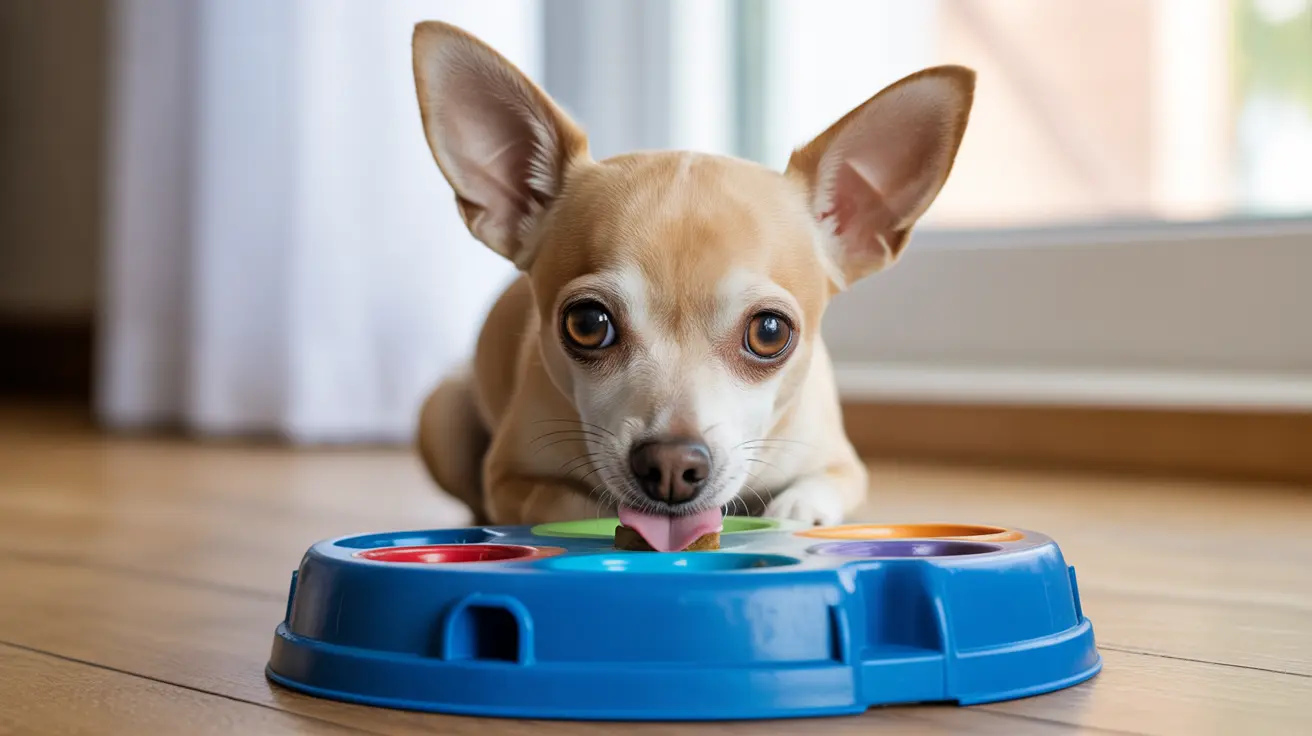Common Causes of Dogs Not Chewing Food
Competition and Anxiety
Many dogs develop rapid eating habits due to past experiences or current environmental stressors. This is especially common in rescue dogs or those living in multi-pet households where food competition exists.
Medical Issues
Sometimes, not chewing food can be related to dental problems, oral pain, or other medical conditions that make chewing uncomfortable. Regular dental check-ups are essential to rule out these issues.
Understanding Why Dogs Vomit After Eating Too Fast
Immediate Physical Effects
When dogs swallow food whole, they often intake excessive air along with their meal. This combination can trigger immediate regurgitation or vomiting, usually occurring within minutes of eating.
Digestive System Impact
Unchewed food is harder for the stomach to break down, potentially leading to digestive upset and vomiting. Large pieces of food can also cause temporary blockages or severe discomfort.
Prevention Strategies and Solutions
Slow-Feeding Tools
Specialized bowls and feeding tools can help regulate your dog's eating pace:
- Puzzle feeders
- Slow-feeder bowls with obstacles
- Snuffle mats
- Dispersed feeding on a large surface
Feeding Schedule Adjustments
Implementing these changes can significantly improve eating habits:
- Multiple small meals throughout the day
- Consistent feeding times
- Quiet, calm feeding environment
- Separate feeding areas for multiple pets
When to Seek Veterinary Care
While some cases of vomiting after rapid eating are behavioral, certain situations require immediate veterinary attention:
- Frequent vomiting (more than once daily)
- Blood in vomit
- Lethargy or depression
- Loss of appetite
- Concurrent diarrhea
- Signs of dehydration
Long-term Management and Training
Creating lasting changes in your dog's eating habits requires consistency and patience. Work on establishing calm mealtime routines and consider positive reinforcement training to encourage slower eating patterns.
Frequently Asked Questions
Why does my dog not chew her food and then throw up shortly after eating?
This typically occurs when dogs eat too quickly, swallowing large chunks of food along with air. The stomach may reject these large pieces, leading to regurgitation or vomiting. Anxiety, competition, or past experiences of food scarcity can contribute to this behavior.
How can I stop my dog from eating too fast and vomiting undigested food?
Use slow-feeder bowls, puzzle feeders, or scatter feeding to force slower eating. Breaking meals into smaller portions throughout the day and feeding in a quiet, stress-free environment can also help.
What medical conditions could cause my dog to vomit after swallowing food without chewing?
Medical conditions can include dental problems, esophageal disorders, gastrointestinal issues, or food allergies. Chronic vomiting should always be evaluated by a veterinarian to rule out serious conditions.
When should I take my dog to the vet if she throws up her food after eating?
Seek veterinary care if vomiting occurs frequently, contains blood, is accompanied by other symptoms like lethargy or diarrhea, or if your dog shows signs of dehydration or weight loss.
What feeding techniques or tools can help prevent my dog from swallowing food whole and vomiting?
Effective techniques include using slow-feeder bowls, puzzle feeders, spreading food on a large surface, or using food-dispensing toys. These tools force your dog to eat more slowly and work for their food.
Conclusion
While it can be concerning when your dog doesn't chew her food and then throws up, there are many effective solutions available. By implementing appropriate feeding strategies and monitoring your pet's behavior, you can help prevent this issue and ensure your dog maintains healthy eating habits. Remember to consult with your veterinarian if the problem persists or is accompanied by other concerning symptoms.






